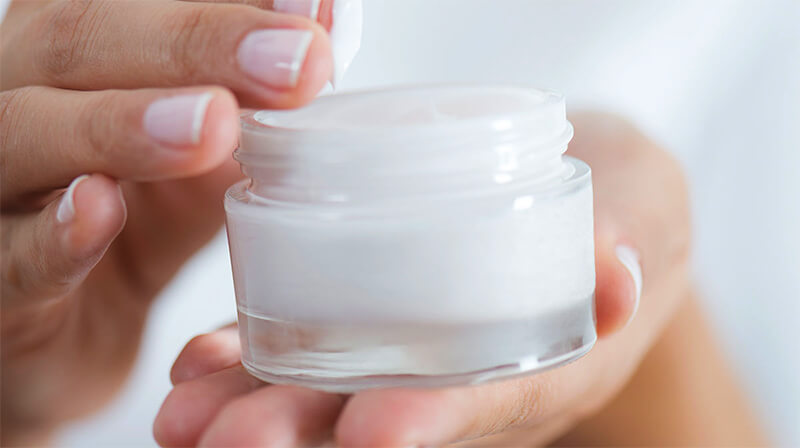 After a rosacea flare-up, have you turned to the backs of product bottles to determine what may have irritated your skin, and discovered an acid listed as a major component? That’s not necessarily a bad thing. While acid sounds like something that you want to keep out of contact with your face, much like alcohol there are many harmless and potentially helpful acids that you might see listed. Here’s a brief primer on some of the most common acids used in skin care products to help you decide which to avoid and which to embrace.
After a rosacea flare-up, have you turned to the backs of product bottles to determine what may have irritated your skin, and discovered an acid listed as a major component? That’s not necessarily a bad thing. While acid sounds like something that you want to keep out of contact with your face, much like alcohol there are many harmless and potentially helpful acids that you might see listed. Here’s a brief primer on some of the most common acids used in skin care products to help you decide which to avoid and which to embrace.
Ascorbic acid is another name for Vitamin C. It’s commonly included in anti-aging products, or those that claim rejuvenating benefits. It is also popular as a natural preservative.
Azelaic acid is a key component in topical treatments for both acne and rosacea. It treats acne by killing the bacteria that causes bumps and pimples to form. Azelaic acid also acts as an anti-inflammatory reducing the symptoms of rosacea.
Glycolic acid is frequently found in toners and serums that exfoliate the skin. It’s intended to even skin tone and reduce wrinkles. However, since it can irritate sensitive skin and cause temporary redness, rosacea patients may want to avoid it.
Hyaluronic acid is produced naturally by skin cells to help them retain moisture, and it performs the same function in skin care products. Since rosacea sufferers often have impaired moisture barrier function, moisturizers containing hyaluronic acid may be especially helpful.
Retinoic acid is derived from retinol, another name for Vitamin A. Retinoic acid is often used in anti-aging products that aim to reduce wrinkles and increase collagen.
Salicylic acid can be found in acne medicines as well as wart ointments. It may dry the skin, potentially causing rosacea to flare.
In general, look for products that are noted as appropriate for sensitive skin or skin with rosacea — and avoid any products that sting, burn or cause irritation. If you’re curious about a product, but don’t know if it will irritate your skin, first try it on a less sensitive area like the back of your hand or arm. When in doubt, ask your dermatologist for guidance before incorporating a new product into your treatment routine.
Find more information on the Skin Care & Cosmetics section.